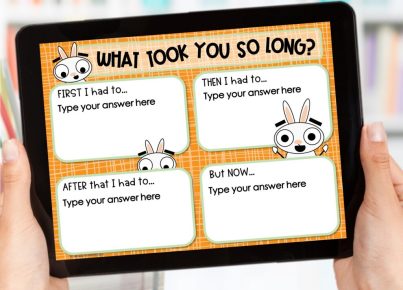With the ongoing COVID-19 pandemic, educational institutions have been forced to adapt rapidly to the new norm of online learning. While this has opened up a world of opportunities for students and teachers alike, it has also come with its share of challenges. In this article, we will dive into five challenging virtual teaching issues and explore practical solutions that educators can implement to overcome these obstacles.
1. Limited Interaction and Engagement
One of the primary challenges in virtual teaching is the significant reduction in interaction and engagement between students and teachers. To cope with this issue, educators can leverage tools like video conferencing, chat rooms, breakout rooms, and polls to facilitate group discussions, live Q&A sessions, and collaborative activities.
2. Issues with Access to Technology
Not all students have equal access to stable internet connections or devices required for virtual learning. To mitigate disparities in technological resources, teachers may consider partnering with NGOs or local resources (such as community centers) to bridge the digital divide. By providing alternative methods such as asynchronous learning materials or offline resources, educators can strive to ensure that all students have access to quality education.
3. Mismanagement of Time
Without a traditional classroom schedule, both teachers and students can struggle with time management in the virtual model. Establishing a clear structure and routine for online classes can help remedy this concern. Teachers should emphasize timely communication, set clear expectations for work turnarounds, and be flexible when addressing any unforeseen delays or emergencies.
4. Difficulty Maintaining Focus
Maintaining focus during virtual classes can be particularly hard due to the multitude of distractions inherent in digital environments. To increase student concentration levels during lessons, instructors can implement engaging teaching styles such as interactive quizzes or multimedia presentations. Using shorter class segments followed by frequent breaks may also contribute positively to student focus.
5. Assessment Challenges
Traditional testing does not translate seamlessly into virtual environments, fostering concerns regarding academic dishonesty. To combat potential cheating, educators can employ alternative assessment methods such as open-book exams, project-based assignments, or oral presentations that emphasize analytical skills and critical thinking over rote memorization.
In conclusion, while virtual learning has posed its share of challenges, creative solutions and technological innovations can help teachers adapt their pedagogy to this new reality. By being proactive in seeking out innovative strategies and resources, educators can enhance the online learning experience for themselves and their students.





